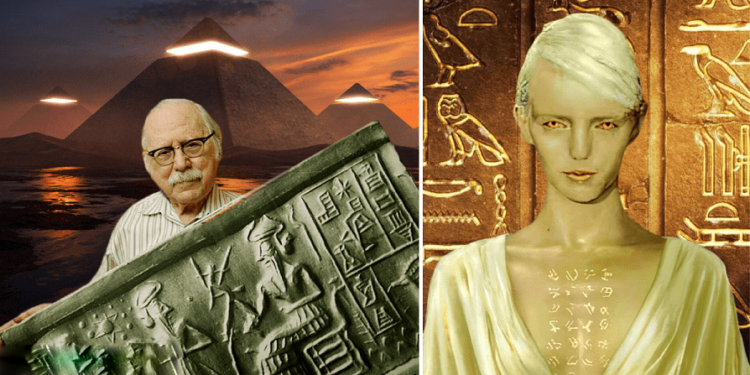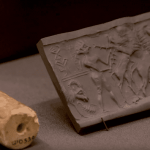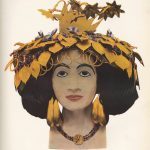Did ancient aliens modify the DNA of earthlings? According to ancient astronaut theorists, beings from other planets visited Earth in the distant past and modified the DNA of the earliest humans for their personal benefit. This theory gained a few supporters in the scientific field also.
Two scientists named Vladimir Sherbak and Maxim Makukov were convinced that humans had been genetically engineered by ancient aliens. They said: “Human DNA looks as though it has been created with mathematical precision. ‘Simple arrangements of the code reveal an ensemble of arithmetical and ideographical patterns of symbolic language. Furthermore, it includes the use of decimal notation and logical transformations that are accurate and systematic.”
A well-renowned author named Zecharia Sitchin dedicated his life to unveiling the mystery of human origin and its connection with extraterrestrials. Just a few months before his death, he challenged Natural History Museum to do DNA testing of the remains of Sumerian “Queen Puabi.” He was willing to stake everything he had written about ancient astronauts on the DNA test.

Sitchin believed that the remains of a 4500-year-old high-ranking Sumerian lady could contain the genomes of gods and demi-gods about whom he had been talking about since the 1970s. And it might have proved that the Annunaki gods, as described in the Sumerian ancient texts and tablets, altered human DNA.
Who was Queen Puabi?
During the excavation at the ancient Sumerian city of Ur, the tomb of Puabi was discovered by British archaeologist Leonard Woolley in the 1920s along with 1800 other graves. Puabi’s tomb had been untouched by thieves for thousands of years as it was found with an ornate headdress and pair of earrings in the Royal Cemetery at Ur. Although there is skepticism about her royal status, several cylinder seals found in her tomb described her as “Nin,” which means Queen. Besides, there was no reference to her husband on seals which supported the theory that she ruled on her own. Sitchin was certain that she had been the important person in ancient Sumerian society. London’s Natural History Museum determined that she probably died when she was around 40 years old and was Queen of the First Dynasty of Ur.
Her remains were discovered in the same time frame as Tutankhamun’s tomb in Egypt in the 1920s and 1930s. It was one of the most important discoveries of the 20th century. Sitchin wrote more than dozens of books, claiming that there is a 12th planet beyond Neptune known as “Nibiru” that reaches our inner solar system once every 3,600 years. According to Sitchin, an advanced race of human-like extraterrestrials lives on Nibiru, and they are the missing link in Homo sapiens evolution
. He stated that this race is called Annunaki in Sumerian scriptures and the Nephilims as mentioned in the book of Hebrew (Bible).
Sitchin suggested that Puabi was an ancient demigod, genetically related to the Annunaki. There are many examples in the ancient texts about the beings who had supernatural strength, intelligence, good health, and longevity. Sitchin suggested that whoever our creator is, he deliberately limited our strength. He wanted scientists to test the DNA of Puabi as he believed that her remains would contain the answers to a missing genetic link in human evolution.
“Maybe by comparing her genome with ours, we would find out what are those missing genes that they deliberately did not give us. I cannot guarantee that, but maybe,” Sitchin said in an interview with NBC News in 2010. That is why he urged the museum to conduct a DNA study of Puabi’s remains.
The Natural History Museum responded to his request, saying that they would only accept such requests from a “researcher with recognized experience and skills in this field, or with access to the necessary facilities required to undertake ancient DNA analysis.” It is not confirmed if the DNA testing was done on the remains of Queen Puabi but Sitchin bet his whole life on it. Unfortunately, after his death, everything came back to normal as no one cared to carry his request further.

























